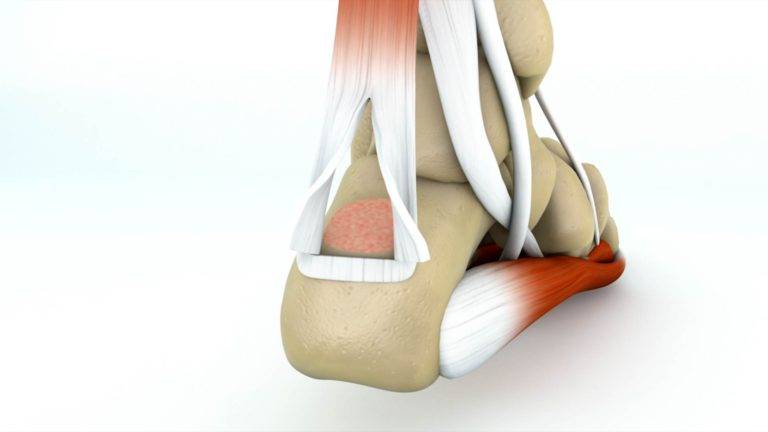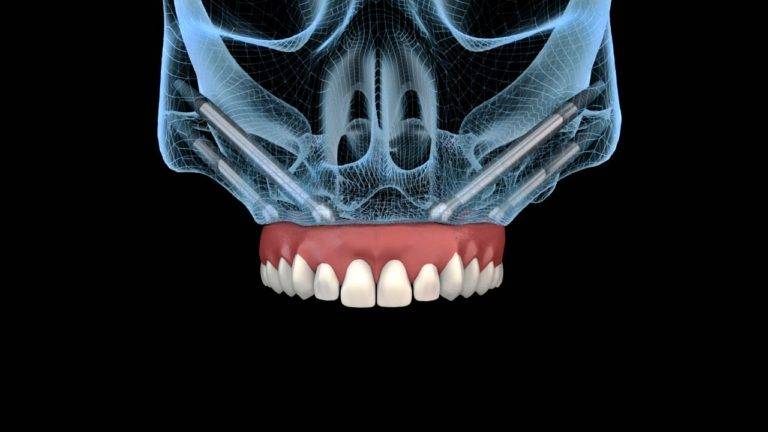The dental industry is a vital sector of the healthcare industry, providing a range of services including preventative care, diagnostic services, and treatment for a variety of oral health issues.
Dental practices offer a variety of services, from regular cleanings to orthodontic work and oral surgery.
The dental industry plays an important role in maintaining the overall health and well-being of individuals and communities.
Effective marketing is crucial for dental practices to attract and retain patients.
Dental practices face a lot of competition, and effective marketing can help practices differentiate themselves and stand out in the market.
By utilizing various marketing tools and strategies, dental practices can increase awareness of their services, build a positive reputation, and ultimately grow their patient base.
Importance of effective marketing for dental practices
1. Attracting new patients: Effective marketing can help dental practices reach new potential patients and increase their patient base.
2. Building brand awareness: Marketing can help dental practices establish their brand and increase awareness of their services in the local community.
3. Building trust: Marketing can help dental practices establish trust with potential patients by providing information about their services and qualifications.
4. Increasing revenue: Effective marketing can lead to an increase in patient appointments and ultimately, increase revenue for the practice.
5. Staying competitive: Marketing can help dental practices stay competitive by keeping them visible and relevant in the local market.
6. Differentiating from competition: Marketing can help dental practices differentiate themselves from competitors by highlighting their unique services and qualifications.
7. Building patient loyalty: Marketing can help dental practices build loyal patient base by creating and maintaining positive relationships with current patients.
8. Keeping up with the industry: Marketing can keep dental practices informed about the latest trends and advancements in the dental industry.
We will delve into traditional marketing methods, such as print advertising and direct mail campaigns, as well as new technologies and digital tools like patient engagement and communication tools, automated appointment reminder and confirmation, virtual consultation, and tele-dentistry.
The post will also discuss how dental practices can use analytics and data to track and improve their marketing efforts.
1. 3D animation in dental marketing
3D animation can be a powerful marketing tool for the dental industry for several reasons:
Visualization: 3D animation allows dental practices to visually demonstrate procedures and treatments to potential patients.
This can help patients better understand the process and alleviate any concerns or fears they may have.
Educational: 3D animation can be used to create educational videos that demonstrate proper oral hygiene techniques or explain the benefits of certain treatments.
This can help patients make more informed decisions about their oral health.
Engaging: 3D animation is a visually engaging medium that can grab the attention of potential patients.
By using animation, dental practices can create a more memorable and compelling message than traditional marketing methods.
Cost-effective: 3D animation can be a cost-effective way to create marketing materials.
With animation software and animation studios, dental practices can create professional-looking animations without the need for expensive equipment or a large production crew.
Accessibility: 3D animation can be used to create virtual tours of the office and simulations of procedures, which can be accessed easily by patients through the internet.
This can provide a convenient way for patients to learn about the practice and services offered.
2. Digital Marketing Methods in the Dental Industry
Website design and optimization:
A well-designed website is crucial for any business, including dental practices.
A website allows potential patients to learn more about a practice, view available services, and even schedule appointments.
A website should be designed with the user in mind, making it easy to navigate and providing relevant information.
Optimization of the website is also important to ensure that it is easily found by search engines and loads quickly on various devices.
Search Engine Optimization (SEO):
SEO is the process of optimizing a website to improve its visibility in search engine results.
This is important for dental practices as it can help potential patients find their practice when searching for dental services online.
SEO involves optimizing website content, meta tags, and backlinks to improve the website’s ranking in search results.
Social media marketing:
Social media platforms like Facebook, Twitter, and Instagram provide a great way for dental practices to connect with potential patients.
By creating a social media presence, practices can share information about services, promotions, and patient testimonials.
Social media also allows practices to interact with patients and receive feedback, which can be used to improve services.
Email marketing:
Email marketing can be used to send targeted messages to potential and current patients.
Dental practices can use email marketing to inform patients of new services, promotions, and appointment reminders.
Email marketing can also be used to share educational content, such as tips for oral hygiene.
Targeted online advertising:
Targeted online advertising allows dental practices to reach potential patients through specific platforms, such as Google and Facebook.
Online advertising can be targeted to specific demographics, such as age, gender, and location.
This allows practices to reach potential patients who are most likely to be interested in their services.

3. Technology and Automation in Dental Marketing
Patient engagement and communication tools:
Dental practices can use technology to communicate with patients and keep them engaged.
This includes tools such as email, text message, and social media marketing.
These tools can be used to send appointment reminders, promote services, and share educational content.
Automated appointment reminder and confirmation:
Automated appointment reminder and confirmation systems can help dental practices reduce no-shows and improve patient engagement.
These systems can send appointment reminders via email or text message, and allow patients to confirm or reschedule their appointments.
Using analytics and data to track and improve marketing efforts:
Dental practices can use data analytics to track the effectiveness of their marketing efforts.
This can include tracking website traffic, social media engagement, and patient demographics.
By analyzing this data, practices can identify areas where they need to improve and optimize their marketing strategies.
Virtual consultations and tele-dentistry:
Virtual consultations and tele-dentistry allow patients to have appointments with dentists remotely, using video conferencing software.
This can be particularly useful for patients who live in remote areas or have mobility issues.
It also allows dental practices to expand their reach and provide care to a wider patient base.
4. Traditional Marketing Methods in the Dental Industry
Print advertising (newspaper, magazine, etc.):
Print advertising in newspapers and magazines can be an effective way for dental practices to reach a local audience.
This can include ads in local newspapers, magazines, or community newsletters.
These ads can be used to promote services, introduce new staff, or provide educational information.
Direct mail campaigns:
Direct mail campaigns involve sending promotional materials, such as brochures or postcards, directly to potential patients.
This can be an effective way for dental practices to reach a targeted audience and increase awareness of their services.
Referral marketing:
Referral marketing involves encouraging existing patients to refer friends and family to the practice.
This can be done through incentives, such as discounts or rewards, or through word-of-mouth marketing.
Referral marketing can be an effective way to attract new patients and build a positive reputation.
Branding and reputation management:
Branding and reputation management are important for dental practices to establish their identity and create a positive image.
This can include creating a strong logo and visual identity, managing online reviews and social media presence, and ensuring consistency in messaging and communication.
A strong brand and positive reputation can help dental practices attract new patients and retain existing ones.

In conclusion, effective marketing is crucial for the success of dental practices.
Dental practitioners should consider a mix of traditional and digital marketing methods, as well as incorporating technology to improve patient engagement and communication.
By staying current with the latest marketing trends and technologies, dental practices can reach more patients and grow their business.





























